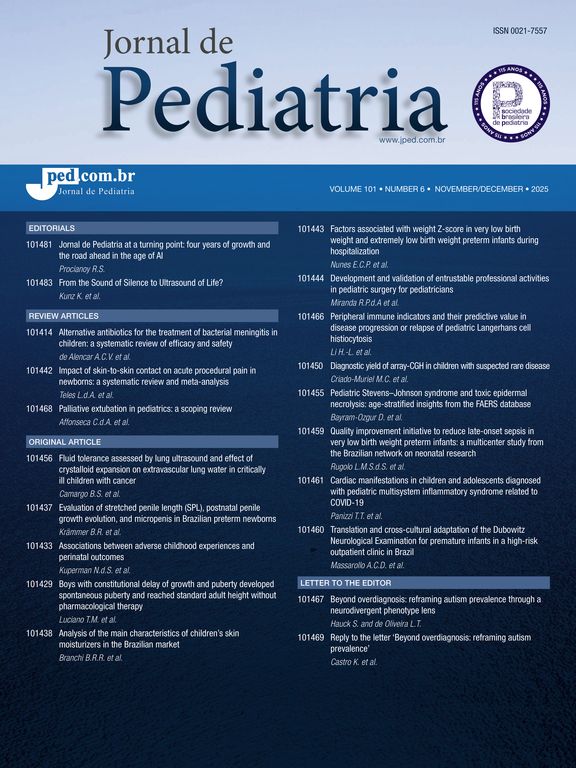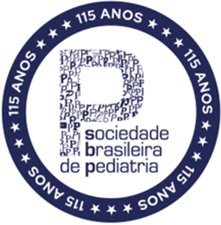was read the article
| Year/Month | Html | Total | |
|---|---|---|---|
| 2025 12 | 37 | 17 | 54 |
| 2025 11 | 163 | 43 | 206 |
| 2025 10 | 103 | 35 | 138 |
| 2025 9 | 85 | 30 | 115 |
| 2025 8 | 65 | 48 | 113 |
| 2025 7 | 78 | 41 | 119 |
| 2025 6 | 82 | 29 | 111 |
| 2025 5 | 58 | 16 | 74 |
| 2025 4 | 51 | 16 | 67 |
| 2025 3 | 76 | 24 | 100 |
| 2025 2 | 44 | 21 | 65 |
| 2025 1 | 34 | 20 | 54 |
| 2024 12 | 46 | 35 | 81 |
| 2024 11 | 48 | 24 | 72 |
| 2024 10 | 36 | 36 | 72 |
| 2024 9 | 46 | 51 | 97 |
| 2024 8 | 113 | 39 | 152 |
| 2024 7 | 50 | 45 | 95 |
| 2024 6 | 156 | 52 | 208 |
| 2024 5 | 57 | 48 | 105 |
| 2024 4 | 137 | 71 | 208 |
| 2024 3 | 203 | 52 | 255 |
| 2024 2 | 35 | 18 | 53 |
| 2024 1 | 60 | 26 | 86 |
| 2023 12 | 169 | 41 | 210 |
| 2023 11 | 11 | 24 | 35 |








